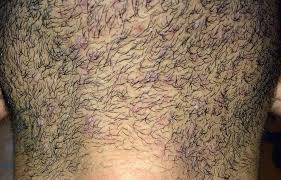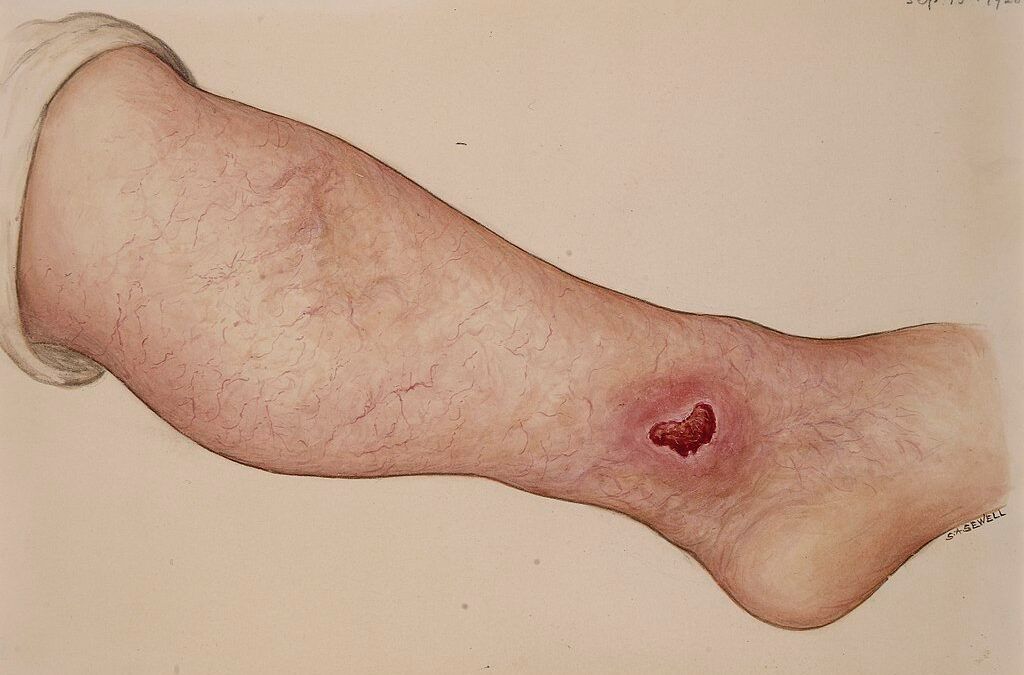Understanding Barber’s Itch: Symptoms and Homeopathic Remedies
Barber’s itch is a form of folliculitis, which means it involves the infection or inflammation of hair follicles, particularly affecting the beard area in men. This condition is usually caused by the bacteria Staphylococcus aureus. A similar condition, tinea barbae, also affects the beard area but is due to a fungal infection instead.
Recognizing the Symptoms of Barber’s Itch
Barber’s itch typically presents as a cluster of red, pimple-like eruptions or pus-filled blisters (pustules) in the beard area. These eruptions can be itchy and may lead to redness, burning, and inflammation. As the condition progresses, these lesions might form crusts and, in some cases, result in scarring as they heal.
Homeopathic Treatment for Barber’s Itch
Homeopathy offers a safe and effective approach to treating Barber’s itch by focusing on healing the condition rather than just masking the symptoms. Homeopathic remedies enhance the body’s natural healing processes, helping it fight off infections on its own. These remedies address the eruptions, itching, and burning associated with Barber’s itch. Some of the most commonly recommended homeopathic medicines for this condition include Calcarea Sulph, Graphites, Phytolacca Decendra, Rhus Tox, Silicea, Sulphur, Sulphur Iodatum, Tellurium, and Thuja. The choice of remedy depends on the specific symptoms presented by the individual.
Detailed Homeopathic Remedies for Barber’s Itch
- Calcarea Sulph: This remedy is ideal for cases where there are pimples under the beard that bleed when scratched and are tender to the touch. It’s also effective for eruptions that are covered with yellowish or greenish scabs and pustular eruptions that discharge yellowish pus.
- Graphites: This is particularly useful when the pimples in the beard ooze a sticky discharge that forms crusts. Heat tends to aggravate these eruptions, leading to burning and stinging sensations. Hair loss in the beard area may also occur.
- Phytolacca Decendra: This remedy is best for inflamed spots that are pale or dark red and itchy. Washing the affected area often worsens the inflammation, and the skin may feel dry.
- Rhus Tox: Rhus Tox is suited for moist eruptions with thick scabs in the beard area. Suppuration (formation of pus) may be present, along with itching. Washing with hot water may provide some relief, but sweating or rubbing can worsen the itching.
- Silicea: This is highly effective for pustular eruptions that discharge foul-smelling pus and are accompanied by significant itching, especially during the day or in the evening.
- Sulphur: Sulphur is beneficial for cases where eruptions are intensely itchy and burning, particularly when scratched. Itching is often worse in the evening and at night, and washing the face can exacerbate it. Sulphur is also helpful in treating Barber’s itch that has been previously suppressed with ointments.
- Sulphur Iodatum: This remedy is ideal for stubborn cases of Barber’s itch, especially where painful, pus-filled eruptions are present under the beard, or where there is red, inflamed skin hidden by the beard.
- Tellurium and Thuja: These remedies are effective for sensitive eruptions in the beard area. Tellurium is preferred when there are bright red pimples with sharply defined borders, possibly accompanied by small blisters. Thuja is often prescribed for eruptions that are sensitive to touch, with itching and burning that worsen when washed with cold water.



